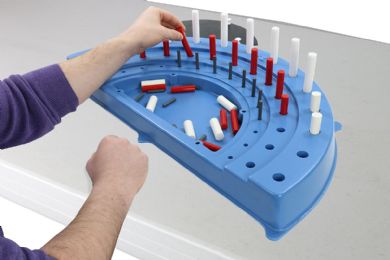What is Range of Motion (ROM)?
Just as your therapist measures your gait, strength, balance, and flexibility, testing your range of motion abilities is the simple measurement of the amount of movement in and around a specific joint. Each body joint has a normal ROM, expressed in degrees, which can be measured with a goniometer instrument. If you are experiencing a decreased range of motion in a knee or elbow, for example, your therapist assesses your starting, baseline ROM before any intervention takes place. Subsequent readings are then reapplied periodically as treatment protocols progress, to determine changes taking place on the road to recovery.
It is important for patients to understand what their own range of motion measurements are, and what their goal ROM may be. Working towards a goal of a normal range of motion capabilities can help ensure a safe and rapid return to a patient’s own optimum functional mobility. ROM therapy attempts to increase the distance and direction in a joint that can move between the extended and flexed positions through the use of exercise, with or without the use of machines and devices.
Inextricably linked with functional independence, ROM gives us the ability to move our legs, trunk, and arms, crucial functions that without which we would not be able to adequately care for ourselves. A patient suffering decreased ROM in the shoulder will not be able to shampoo the top of his or her head, or a patient with decreased ROM in the ankle could greatly increase his or her risk of falls because of losing balance. There are a number of health issues that can contribute to restricted ROM such as arthritis, disease, swelling and inflammation, infection, muscle spasms, and problems with body mechanics.
The 3 Types of Range of Motion Therapy
- Passive range of motion, also known as PROM, is movement applied to a joint by a therapist or caregiver, or through the use of a passive motion machine, sometimes referred to as a continuous passive motion (CPM) machine. Patients use no effort of their own with PROM, and simply relax while the outside force moves the body part through the available range of motion. Most commonly employed during the first phase of rehabilitation following surgery or trauma, passive range of motion therapy using CPM devices helps control post-operative pain, reduces inflammation and edema, and protects the healing repairs and tissues. The specific range of motion is gradually increased as the patient recovers. PROM is also utilized in paralyzed patients to help prevent pressure ulcers and contractures.
- Active range of motion, also known as AROM, is when a patient uses his or her own muscles to move the affected joint, without requiring any help from a therapist, caregiver, device or machine. AROM is typically started when the patient is able to start moving independently after injury and/or surgery when little or no protection from further damage or injury is required.
- Active-assist range of motion, also known as AAROM, is defined as a joint receiving partial assistance from an outside force, such as from a therapist or medical device. A patient can typically move the injured body part but may require further assistance to ensure more damage does not occur to the joint or the surrounding muscles and tissues. The help needed may be divided equally between the patient and the therapist, or the patient and the equipment, or the patient may need the majority of exertion to come from the therapist or device. AAROM typically takes place when some healing has been realized and the muscles can contract, but the healing body part still needs protection to minimize further risk of damage.

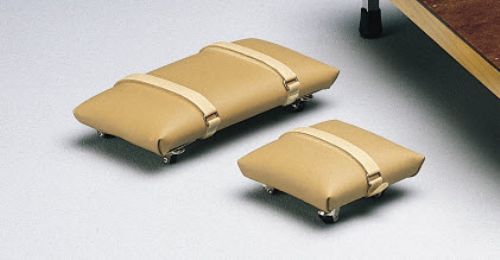


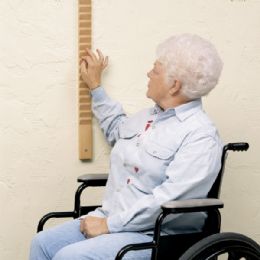
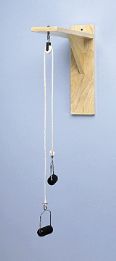

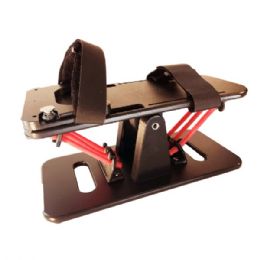
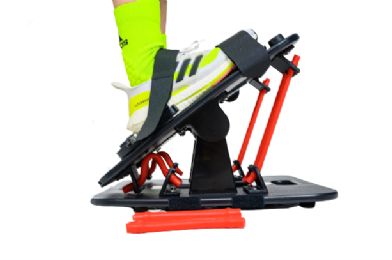
.jpg&newheight=260&quality=80)


